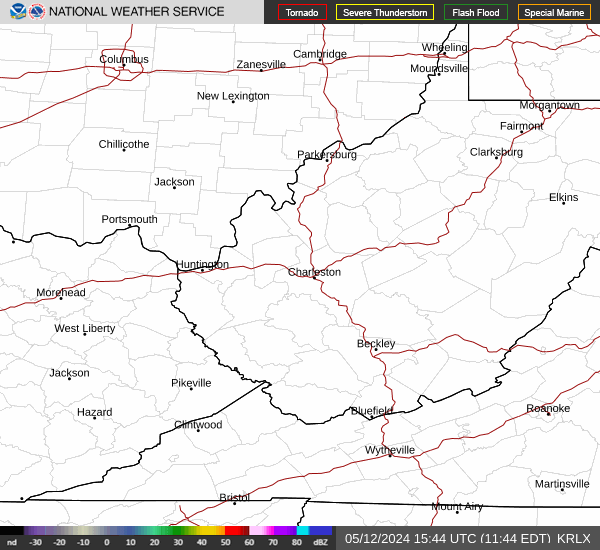Issued: 12am on Thursday, January 1st 1970
Technical Forecast Discussion
Short Term (Wednesday 8/28 through Saturday 8/31)
Overnight, the previously affected upper-level trough will propagate further NNE out of the region and into southeastern Canada. This well amplified flow will become vastly meridional over the northeastern seaboard and portions of Canada. In response, a weaker zonal flow will be influenced over the southern Great Lakes extending through the region for Thursday. Heights will slightly rise as high pressure of about 1020mb positions itself over southern West Virginia. Weak CAA will occur overnight Wednesday and continue to aid in drying out the lower-upper levels (850mb-200mb). Strong radiational cooling, predominantly weak surface winds, a prominent surface inversion and drier air aloft will help generate some fog development late overnight and into the predawn hours of Thursday. Early morning fog should mix out quickly as clear and sunny skies dominate all of Thursday. Simultaneously, a stronger upper-level shortwave trough will begin to dig through the upper Great Lakes by 15z Thursday. A surface low of 998mb has already emerged from the left exit region of the provided northerly jet and will propagate further NE in suit of the upper level flow. The mentioned low has already surpassed its strengthening phase as occlusion begins to progress throughout Thursday and into Friday. Its southward extending cold front will fully advance on the warm front by 00z Friday as it continues to trek further SE. This now weak cold front will near the region from the NW by 16z-18z Friday, but becomes limited in many factors. The base of the shortwave trough will begin to lift further NE as predominate ridging and higher pressure resides over the southeastern U.S. Aforementioned high pressure over the central Appalachians will faintly shift south and cause for this frontal boundary to stall out along southern Ohio by 18z-00z Saturday. The lifting trough will keep the major upper forcing and stronger upstream flow north of the region, which will reduce the efforts of this boundary. Models are in agreeance that moisture values within the 700mb will be fairly unfavorable for this passage. The likelihood for precipitation will be low through Friday evening, but an isolated rain shower is not completely ruled out with the dewpoints into the lower 60s and available low-level convergence. The end of this term will offer somewhat better chances for precipitation in the afternoon/evening as this front remains stalled out just south of the area. Temperatures will consistently near 80, but ever so increase into the lower 80s for Saturday and into the weekend.
Long Term (Sunday 9/1 through Tuesday 9/3)
The stationary front will continue to linger to our immediate southwest with any precipitation chances remaining low, but limited along/near the boundary itself. The weak and fairly zonal wind aloft will finally lift NE’ly as well pronounced ridging takes place for much of the southwest U.S. Once again, high pressure will situate over the eastern portion of the region and return our flow back southerly near the end of this term. Temperatures will slightly increase Sunday and throughout early week with highs fluctuating in the lower 80s…Hurricane Dorian, now approaching Puerto Rico has a projected path for Florida and southeastern U.S into Sunday. Currently, the efforts of the upper level low off the Atlantic coast and projected ridging for south-central U.S, any effects felt from Dorian look to be well mitigated and kept south(at this time).




